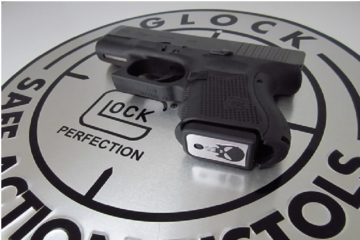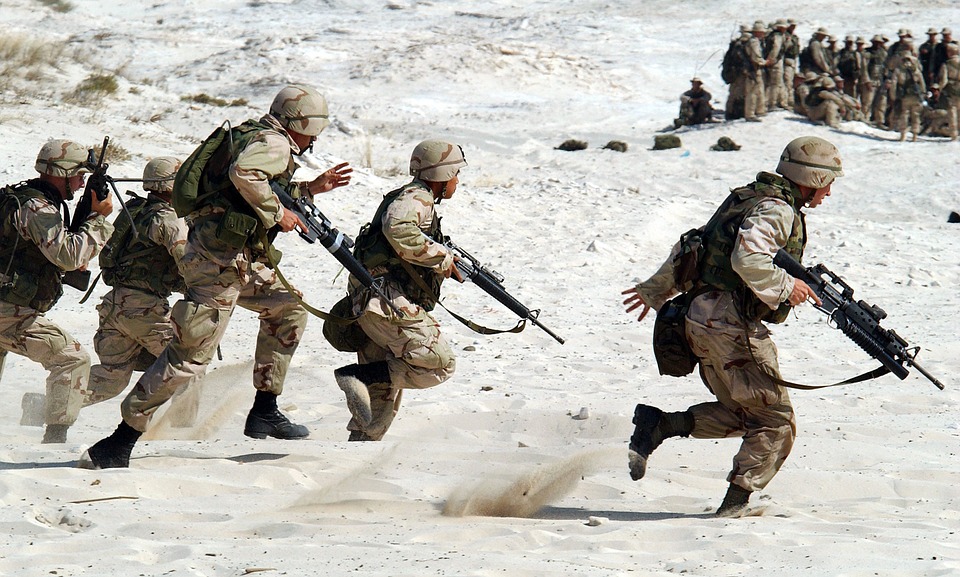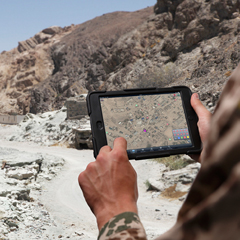The American Revolution was battled and won using guns. Since then, guns have been integrated into U.S. culture, but the invention of firearms and firearm components started long before colonists settled on North American soil.
Firearms were originally invented more than 1,000 years ago. Since then, guns and firearms have changed considerably, and so have the methods used to create them. Here are some of the methods used in the creation of gun parts over the years:
Forging
Forging is the practice of heating metals and knocking them into the desired shape. It is a technique usually used by blacksmiths, and early gunmakers. The smallest parts of a firearm such as a trigger, the hammer, or pan began as hot pieces of iron. This iron was then hammered into a die to give it the rough shape of a finished piece.
Modern power-driven forges can now make bigger parts, but the same basic principles still apply. One of the main benefits of forging is that the process of forging makes the metal stronger.
Stamping
Machining and forging can be expensive and time-consuming processes. However non-critical parts of guns can be created by the less costly method of bending and stamping into shape. While the appearance of these parts may not be as good as machined or forged parts, they are still as functional as these pieces.
Casting
Casting is a process that has been used for more than 4,000 years. It was first introduced to make complicated parts that would otherwise have needed many machining steps. A plastic or wax model of the part is made in molds. These molds are then filled with molten metal. Once the steel cools, the mold is removed.
Small parts for weapons and guns can effortlessly be cast from molten metal. As the parts conform closely to the mold, minimal work is needed in this process.
Machining
Interchangeability became a practical matter with the introduction of machinery. First introduced in the 19th century, this new generation of machines, coupled with a system of gauges, resulted in the first completely interchangeable machine-made weapons.
Modern machine tools have now taken this process even further, turning out gun parts that can be measured to thousandths of an inch. CNC (computer numerical control) is one example of this. CNC is the automation of machinery instruments using computers that have been instructed to follow a range of commands.
From 3D printing and laser cutting to wood routing, there are CNC machines for almost all commercially utilized manufacturing applications and processes. Much like using a firearm, precision and accuracy are critical at every stage of firearm development. Precision CNC Machining includes the production of intricate precision machined parts with a good level of accuracy while retaining lower setup and manufacturing costs.
Woodworking
Woodworking is often used to produce gun stocks. The basic steps in the production of gun stocks have not changed much over the years. The production steps include shaping, inletting, and finishing.
Guns have changed a lot over the years. They have become more durable, more accurate, and easier to build. The way guns are produced has changed a lot too. Originally, gun parts were made using the process of casting. However, now it is more common for gun parts to be created using machinery.



0 Comments